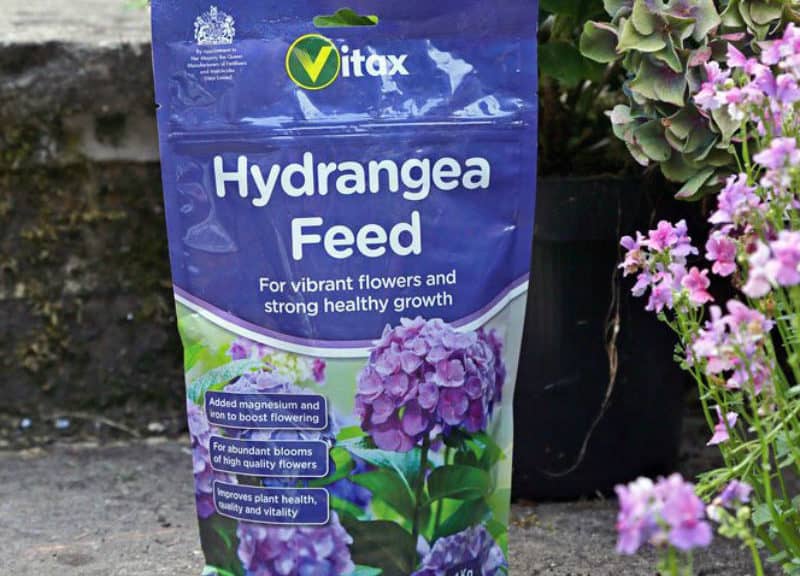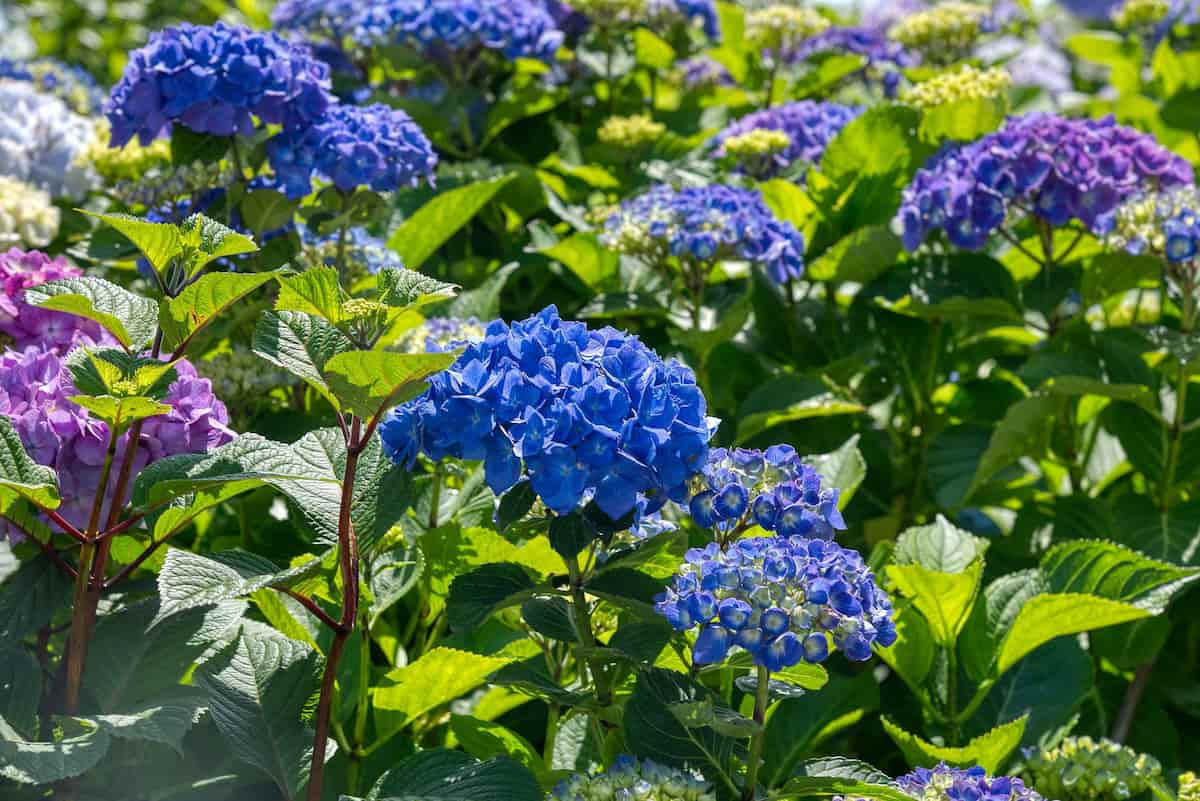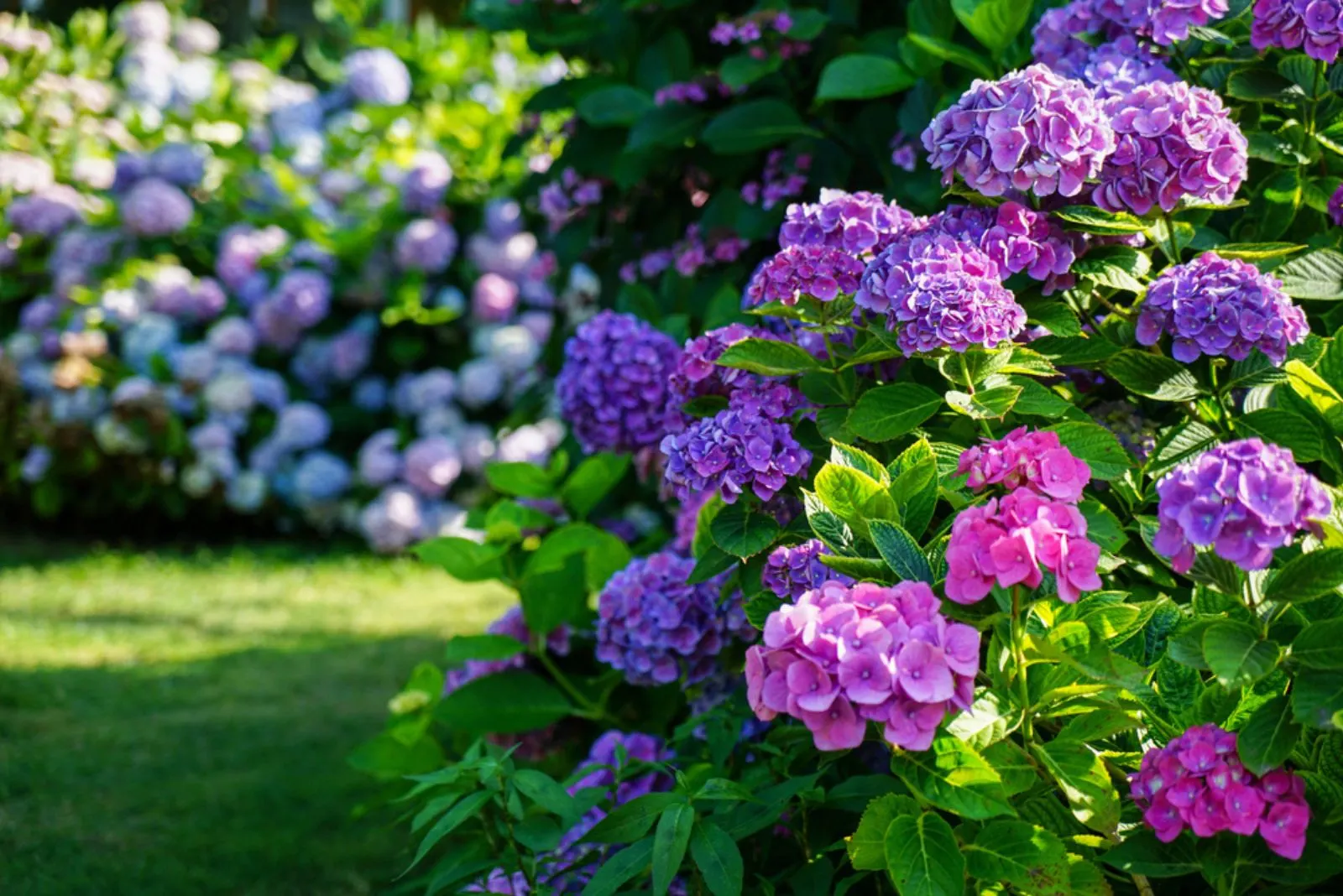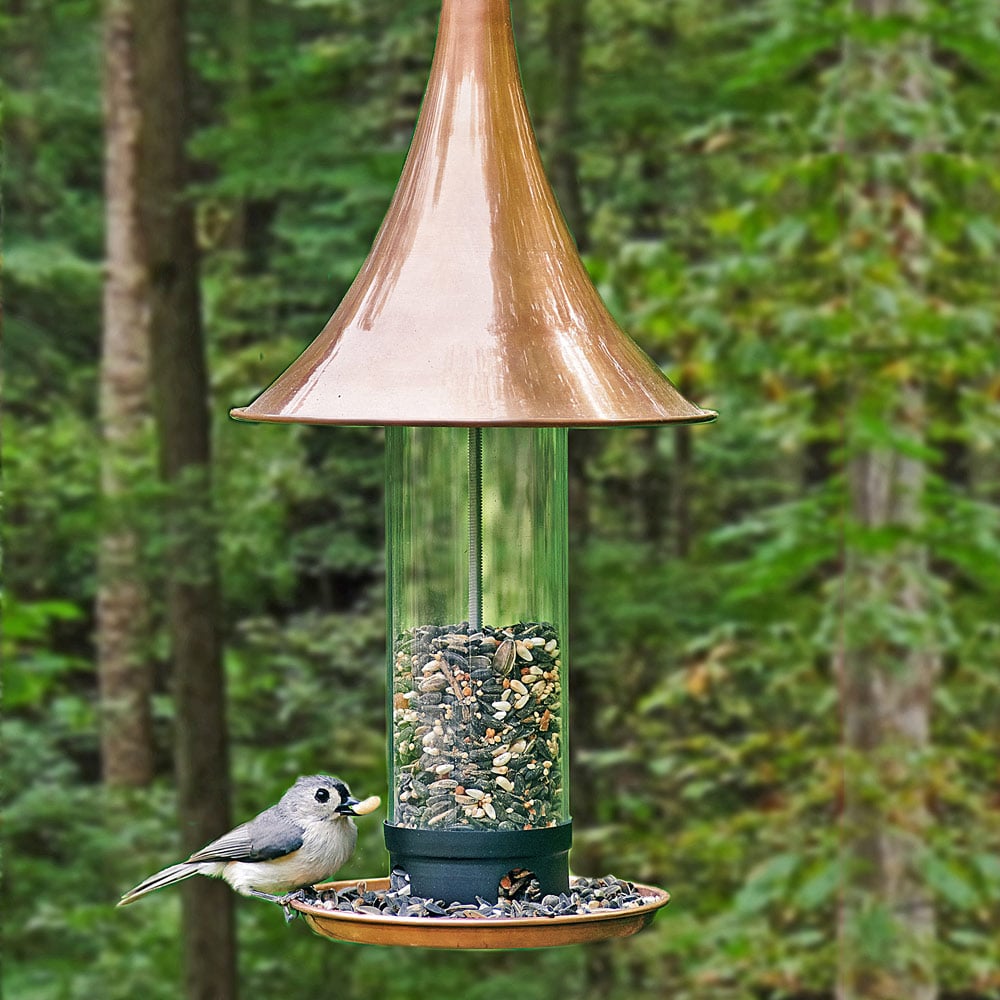How To Feed Hydrangeas For Big Beautiful Blooms
Introduction
Hydrangeas are beautiful flowering shrubs that can add a touch of elegance to any garden. But in order to produce their best blooms, they need to be fed properly. In this blog post, we will discuss the best way to feed hydrangeas to encourage big, beautiful blooms.
What Do Hydrangeas Need?
Hydrangeas need a balanced diet of nitrogen, phosphorus, and potassium. Nitrogen helps the plants grow new leaves and stems, phosphorus helps the plants produce flowers, and potassium helps the plants resist diseases and pests.
In addition to these three nutrients, hydrangeas also benefit from the addition of other nutrients, such as magnesium, calcium, and iron. These nutrients can help to improve the overall health of the plant and make the blooms more vibrant.
How to Feed Hydrangeas
There are a few different ways to feed hydrangeas. You can use a commercial fertilizer, a homemade fertilizer, or even compost.
If you are using a commercial fertilizer, choose one that is specifically formulated for hydrangeas. Look for a fertilizer with a balanced NPK ratio, such as 10-10-10 or 12-4-8.
If you are making your own fertilizer, you can use a mixture of compost, manure, and bone meal. This mixture will provide the hydrangeas with all the nutrients they need.
No matter what type of fertilizer you use, be sure to apply it according to the directions on the label. Over-fertilizing can damage the plants.
When to Feed Hydrangeas
The best time to feed hydrangeas is in the spring, just as the new growth is starting. You can also fertilize them in the fall, but be sure to do so at least six weeks before the first frost.
How Much to Feed Hydrangeas
The amount of fertilizer you need to use will depend on the size of the plant and the type of fertilizer you are using. Follow the directions on the label to determine the correct amount.
Conclusion
By following these tips, you can help your hydrangeas produce big, beautiful blooms year after year.
Hydrangeas are beautiful flowering shrubs that can add a touch of elegance to any garden. But in order to thrive, hydrangeas need to be fed properly. The type of fertilizer you use will depend on the type of hydrangea you have, as well as the soil conditions in your area.
If you're not sure what type of fertilizer to use, or how much to feed your hydrangeas, I recommend visiting . This website has a wealth of information on hydrangea care, including feeding recommendations for different types of hydrangeas.
In addition to providing detailed feeding instructions, also offers tips on how to choose the right fertilizer, how often to feed your hydrangeas, and how to avoid over-fertilizing.
So if you're looking for more information on feeding hydrangeas, be sure to visit . You'll find everything you need to know to keep your hydrangeas healthy and blooming for years to come.
FAQ of feeding hydrangeas
1. When should I fertilize hydrangeas?
Mature hydrangeas only need to be fertilized once a year, in early spring. However, if you have a young plant that is still getting established, or if you live in a cold climate and frequently experience dieback on big-leaf hydrangeas, you can safely fertilize monthly from early spring through late July.
2. What fertilizer should I use for hydrangeas?
The best fertilizer for hydrangeas is a granular (i.e., not liquid) fertilizer formulated for woody plants. A rose fertilizer, like Espoma Rose Tone, is an excellent choice. However, any general garden fertilizer with a relatively low proportion of phosphorous (the middle number in the fertilizer's analysis) will suffice.
3. How much fertilizer should I use for hydrangeas?
The amount of fertilizer you use will depend on the size of your hydrangea plant. For a mature plant, you will need to use about 1/2 cup of fertilizer per year. For a young plant, you can use about 1/4 cup of fertilizer per year.
4. How do I apply fertilizer to hydrangeas?
To apply fertilizer to hydrangeas, simply spread the fertilizer evenly around the base of the plant. Be sure to water the fertilizer in well after you have applied it.
5. What are the signs of a hydrangea that needs to be fertilized?
If your hydrangea is not getting enough fertilizer, you may notice that it is not blooming as well as it used to, or that the leaves are turning yellow. You may also notice that the plant is not growing as vigorously as it used to.
Image of feeding hydrangeas
- Image 1: A close-up of a hydrangea plant with a person holding a watering can. The caption reads "Watering hydrangeas to keep them healthy and blooming."

- Image 2: A person spreading fertilizer around the base of a hydrangea plant. The caption reads "Fertilizing hydrangeas to help them produce more blooms."

- Image 3: A hydrangea plant with a bird feeder hanging above it. The caption reads "Attracting birds to hydrangeas to help with pollination."
- Image 4: A person harvesting hydrangea flowers to use in a vase. The caption reads "Harvesting hydrangea flowers to enjoy indoors."

- Image 5: A hydrangea plant in full bloom. The caption reads "Hydrangeas are beautiful flowers that thrive with the right care."


Post a Comment for "How To Feed Hydrangeas For Big Beautiful Blooms"